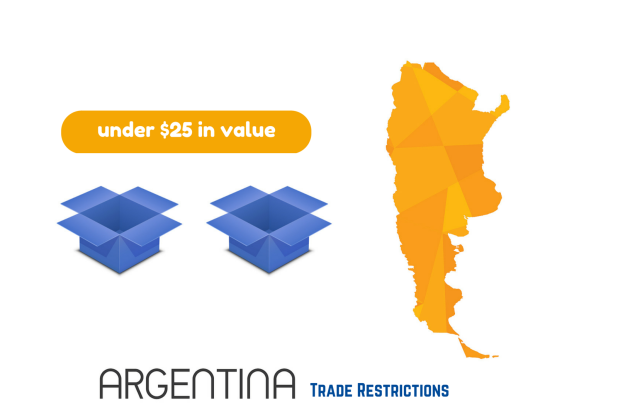
Argentina may be known for its tango and fútbol, but when it comes to international ecommerce, it’s got a different kind of reputation. That’s because last year, Argentina began applying tighter restrictions on cross-border trade, impacting all online businesses looking to sell internationally.
What are Argentina’s restrictions? For one, its citizens are limited to two purchases per year from foreign ecommerce sites. Additionally, they are only able to buy $25 worth of goods from these sites each year.
Any Argentine consumers looking to purchase more than this amount will need to register with the government as importers and submit a sworn declaration to the tax agency before they can receive shipments. They also need to pay a 50 percent import tax on items purchased and pick up shipments directly from the customs office instead of having them delivered to their homes.
“The 50 percent import tax is usually in addition to a 35 percent credit card surcharge for purchasing goods abroad,” adds Albert Hernandez, co-founder of SkyShop Logistics. “As you can guess, international online shopping is not a very attractive prospect for Argentine consumers at this time.”
The restrictions were introduced in January 2014 in an effort to keep trade within the country and boost Argentina’s struggling economy. So if you’re a U.S.-based online seller and have seen a drop in traffic to Argentina in the past year, it’s likely because of these new rules.
So the question on everyone’s lips is – as an online seller – what can you do?
While there may not be a ready solution at this time, you can start by staying knowledgeable on the subject and communicating with your customers. Make it clear on your website what the restrictions are regarding shipping to Argentina, and collect the necessary importer information from your Argentine customers to expedite their shipments.
As of right now, the restrictions on trade in Argentina show no signs of letting up – and with elections slated for October, online sellers are unlikely to see any changes this year. But stay tuned to our blog for any upcoming news or changes regarding ecommerce in Argentina in the future.



